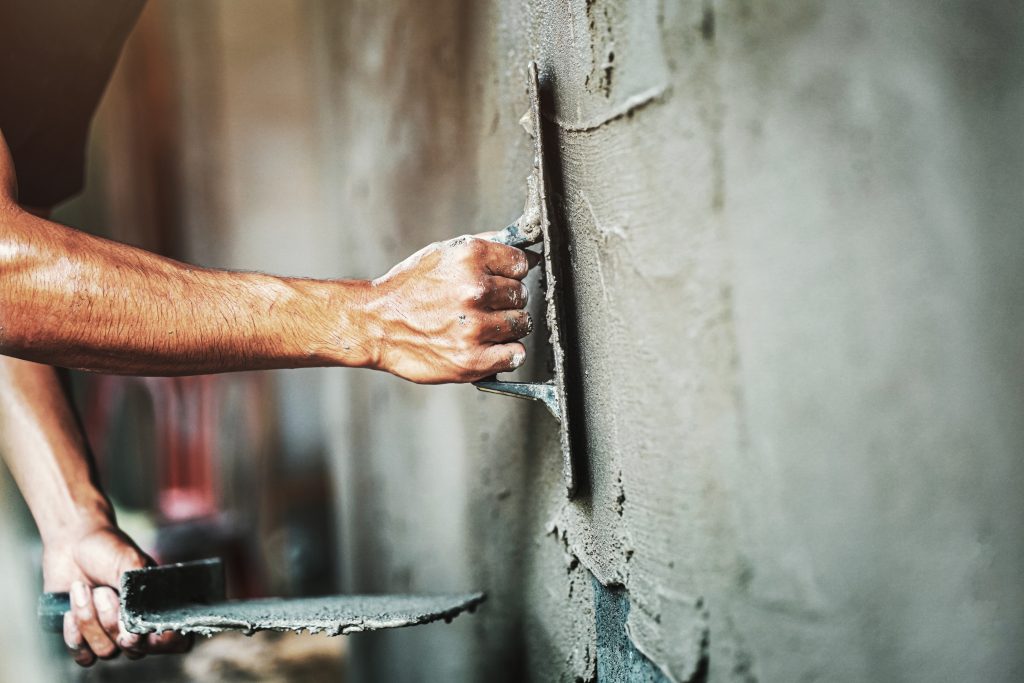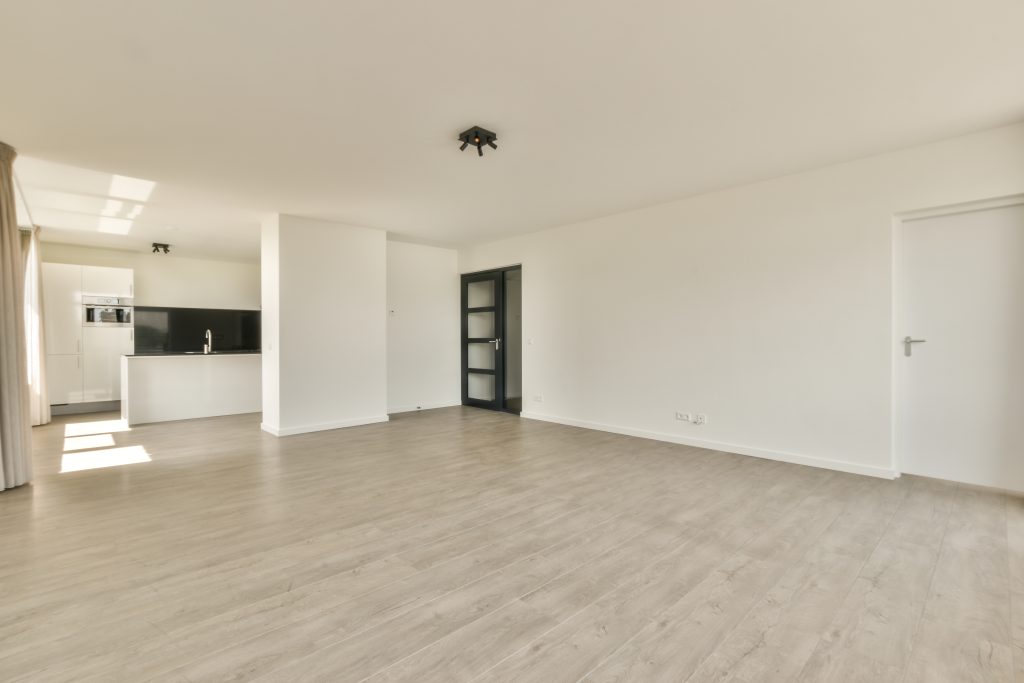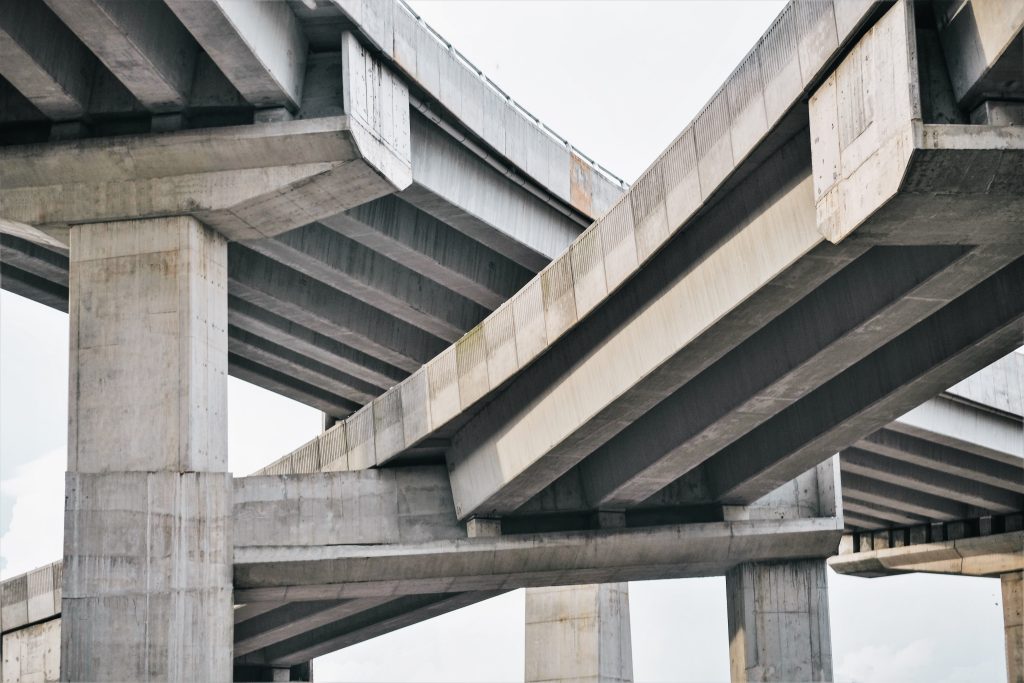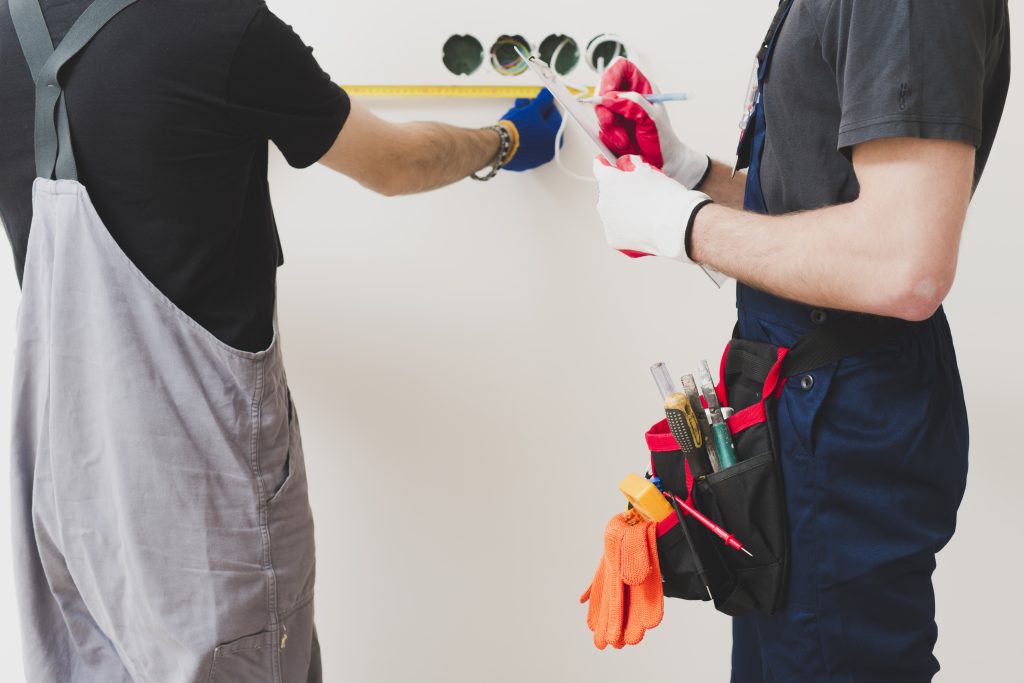Plastering is essential for achieving a smooth finish on walls and ceilings. Therefore, the choice of cement for plastering plays a crucial role in determining the quality, durability, bond, and finish of the plastered surface. Let us explore the distinct types of cement and understand the factors to consider when selecting the best cement for plastering.
Use of Cement for Plastering Process
Cement is an integral ingredient in plaster mixes as it acts as a binding agent in the mix. It provides structural integrity and durability. When combined with aggregates like sand and water, cement transforms into a robust mix that firmly binds with the substrate. It creates a strong bond between plaster and walls while ensuring surface resilience over time.
It helps to fulfil the primary purpose of plastering. As it contributes to improving the appearance of a structure by creating a uniform surface for paint or decoration. Cement when mixed with plaster mix safeguards walls and ceilings against weather elements and environmental factors. Hence, the choice of cement for plastering must be made with careful consideration to achieve the desired results.
Understanding Cement Types and Grades Used for Plastering
To fulfil various purposes in construction, cement comes in several types. Every type of cement is formulated for specific requirements. Here are some commonly used types of cement for plastering purposes:
Ordinary Portland Cement (OPC)
OPC is one of the most widely used types of cement which is suitable for plastering applications. It provides excellent strength and durability, making it a preferred choice for both interior and exterior plastering. OPC comes in different grades including, OPC 33, OPC 43 and OPC 53, denoting the compressive strength of the cement.
Portland Pozzolana Cement (PPC)
PPC is a blend of Portland cement clinker, pozzolanic materials like fly ash or calcined clay, and gypsum. It offers enhanced workability, reduced heat of hydration, and improved resistance to sulphate attacks. PPC is suitable for plastering in areas where the presence of sulphates or harsh environmental conditions is a concern.
Portland Slag Cement (PSC)
PSC is a combination of Portland cement clinker, granulated blast furnace slag (GGBS), and gypsum. In PSC, slag is a byproduct obtained from the iron and steel industry, specifically from the smelting of iron ore. It is ground to turn it into a fine powder before adding it to the other ingredients.
Factors to Consider When Choosing Cement for Plastering
Selecting the best grade cement for plastering requires a careful evaluation of several factors to ensure the desired results are achieved. Here are some key factors that you should consider:
Type of Surface
The texture of the surface to be plastered influences the choice of cement. For example, exterior surfaces exposed to weather conditions require a more durable and resilient plaster mix, while interior surfaces may prioritise aesthetic appeal and require a smoother finish.
Strength Requirements
Different plastering applications demand varying levels of strength. Evaluate the compressive strength requirements of the plastered surface to determine the suitable cement grade.
Environmental Factors
Consider the exposure of the plastered surface to environmental elements such as humidity, temperature fluctuations, and aggressive chemicals. Choose a cement type that can withstand these conditions.
Cost Considerations
Budget constraints play a role in cement selection. While higher-grade cement may offer superior performance, it could also be more expensive. Therefore, it is important to strike a balance between performance and cost-effectiveness.
The Need for Plastering
Plastering serves a multifaceted role during the construction of a structure. Beyond its aesthetic functions, it fulfils essential needs that contribute to the longevity and functionality of a structure. The following are the reasons for plastering:
Surface Protection
Plastering acts as a protective barrier, protecting the underlying structure from moisture, sunlight, wind, and other environmental factors. This added layer of protection significantly contributes to extending the lifespan of the structure.
Enhanced Durability
The application of plaster reinforces the strength of walls and ceilings, making them more resistant to wear and tear. It helps prevent cracks and other forms of structural damage.
Smooth Finish
Plastering provides a smooth and uniform surface that prepares the structure for painting, wallpapering, or other decorative treatments. It hides imperfections and irregularities found on the surface of the structure.
Easy maintenance of structural surfaces
The smooth and sealed surface of plastered walls impedes the accumulation of dust and dirt simplifies cleaning and reduces maintenance costs and efforts.
Elevate your construction projects to new heights with JK Cement. Discover our wide range of cement.
FAQs
Which cement is good for plastering purposes, OPC or PPC?
The choice between OPC or PPC depends on the project requirements, surface type, environmental conditions, and desired results. OPC offers good strength and durability, making it a suitable choice for general plastering applications. In contrast, PPC provides enhanced workability and resistance to sulphate attacks.
What is the best mix ratio for plastering walls?
The composition of the plaster mix significantly influences the quality of the plastering. A common mix ratio for plastering walls is 1:5 (1 part cement and 5 parts sand). This mix offers workability and strength. However, variations in sand quality and regional practices might affect your choices. Hence, consulting local construction norms or seeking advice from experts helps to ensure that the plaster mix meets the specific demands of your project.
Which cement is the best in quality?
Cement quality is often gauged through parameters like strength, durability, and adherence to standards. Different manufacturers produce cement that adheres to set quality standards. Ascertaining the best quality cement involves considering factors like brand reputation, adherence to Indian standards, and the specific needs of the project. It is recommended to opt for well-established cement brands with a proven record of accomplishment of consistent quality.
Which cement grade is the strongest?
Cement grades are classified based on their compressive strength. Among the commonly used grades, OPC 53 and OPC 43 exhibit higher strength characteristics, with OPC 53 being the strongest. These higher-grade OPC cement are engineered for applications requiring exceptional strength. That is why these cements become a suitable choice for areas prone to heavy loads or extreme weather conditions. However, selecting the appropriate cement grade involves evaluating the strength requirements of the specific project and adhering to prevalent standards and regulations.














